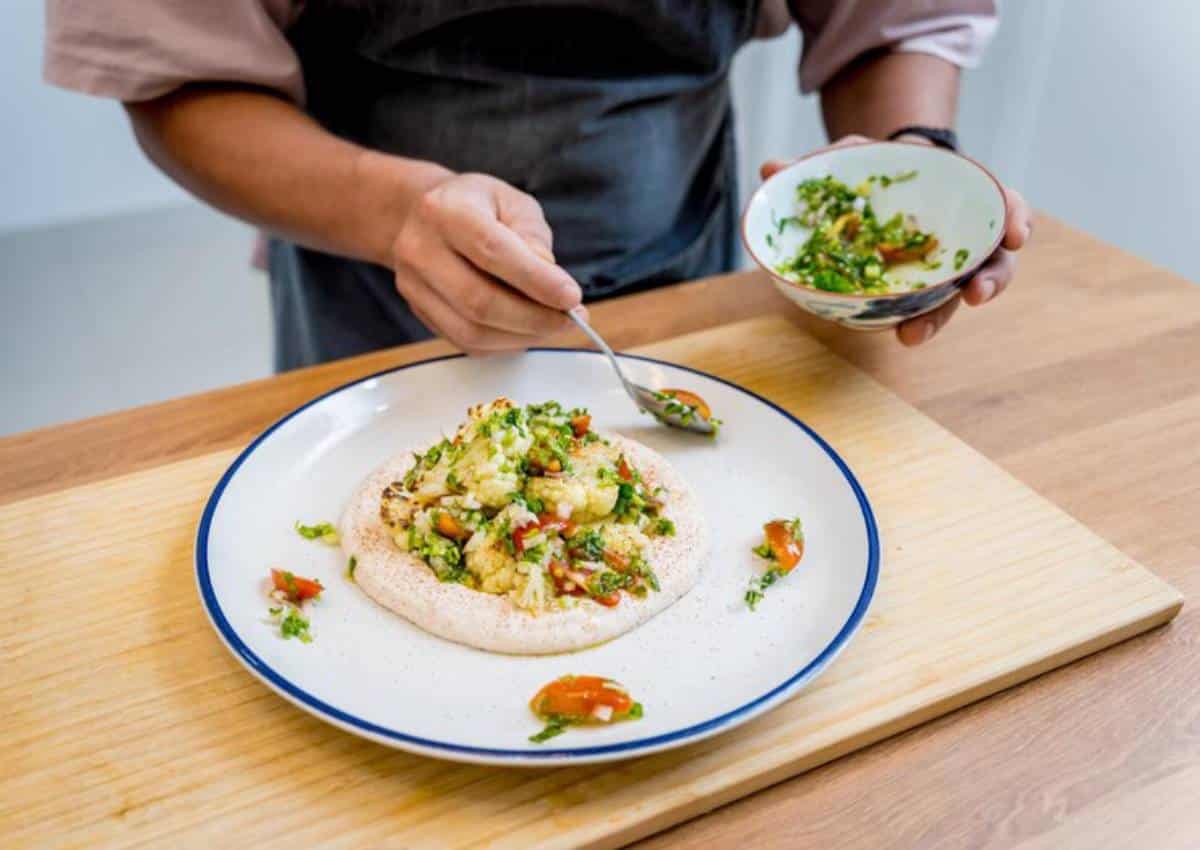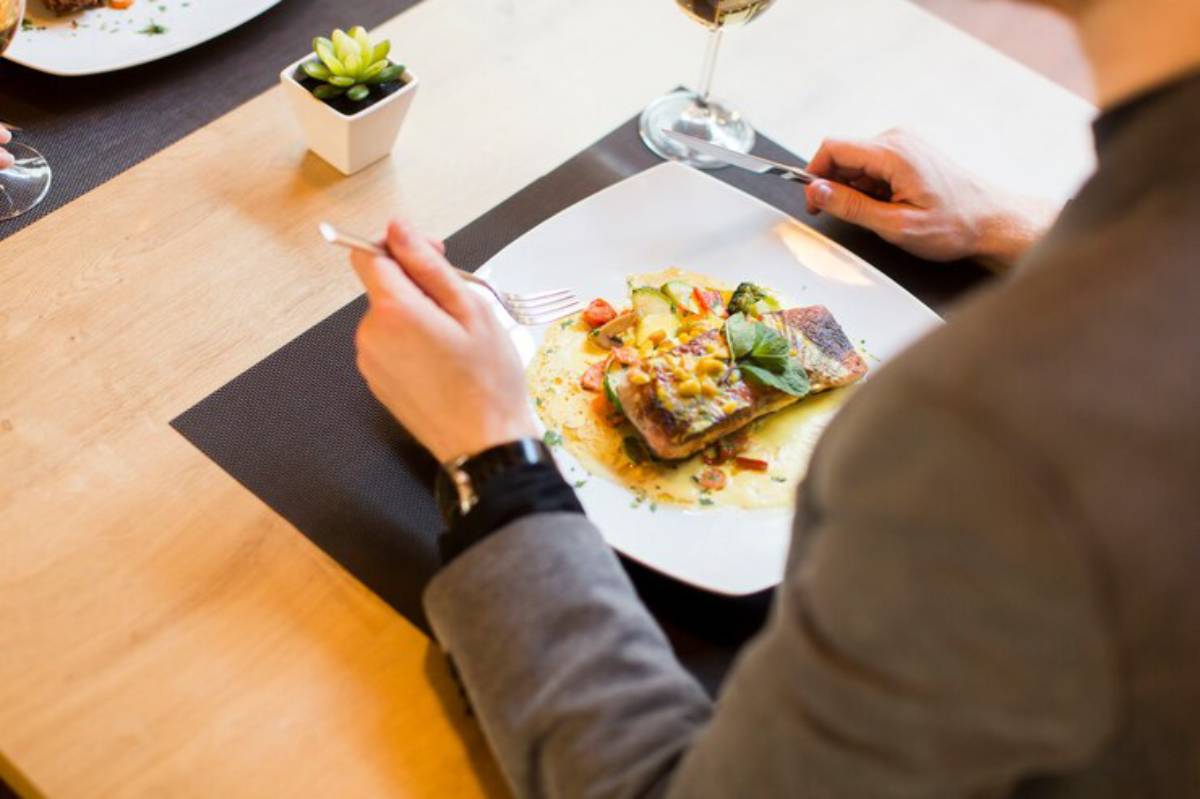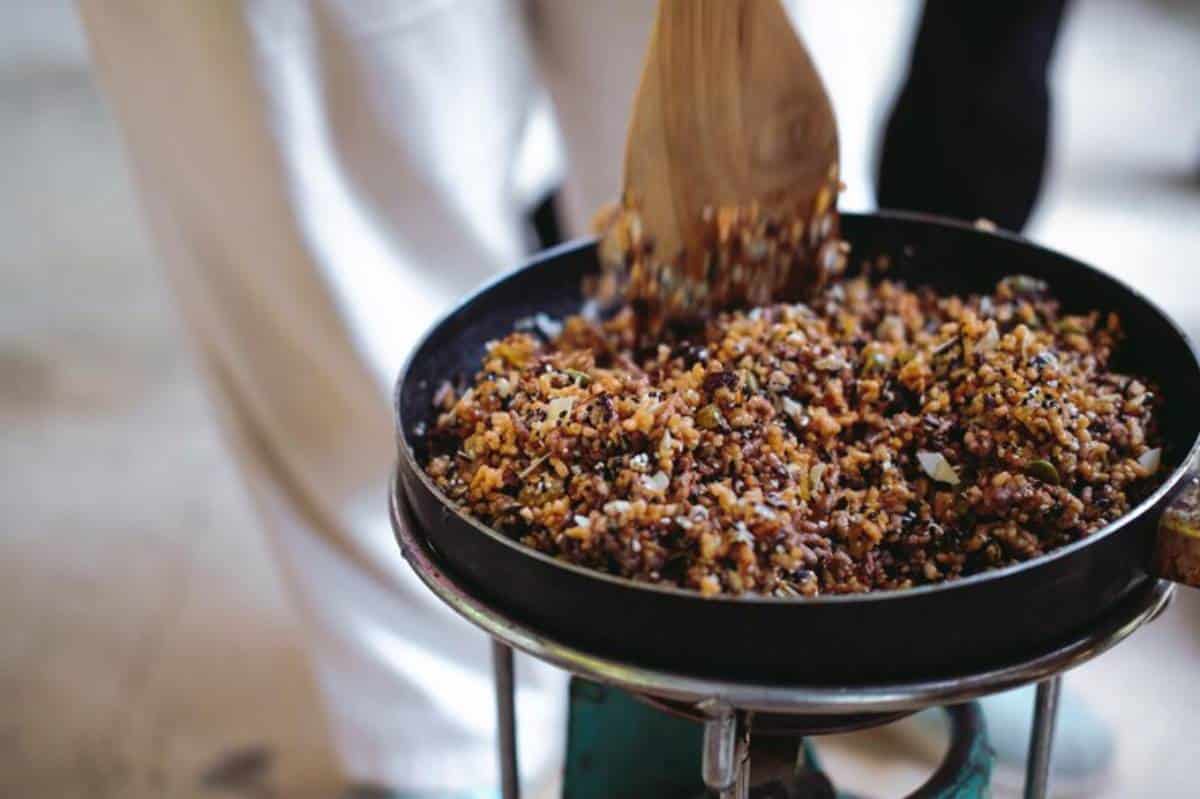
How to Build Flavour with Layering Techniques
Elevate Every Bite with Purposeful Flavour
Ever wondered why restaurant food seems to taste deeper, more complex, even in a simple soup or roast? It’s not just the ingredients. It’s the method. Professional chefs rely heavily on flavour layering cooking, a technique that turns basic meals into gourmet experiences.
Imagine this: You roast a chicken with garlic and herbs. It’s tasty. Now imagine you brine it beforehand, sear it for browning, baste it with butter infused with thyme, rest it properly, and finish it with a squeeze of lemon. The difference is night and day. That’s flavour layering in action.
In this guide, we’ll demystify the art of building flavour step-by-step so you can bring the nuance and depth of flavour techniques into your own kitchen. It’s not about making food fancy. It’s about making it better.
Understanding the Core: What Is Flavour Layering?
Flavour layering is the deliberate process of introducing and balancing taste components throughout the cooking process. Each ingredient, technique, or seasoning has a purpose—whether to enhance umami, brighten with acidity, deepen with caramelisation, or add contrast.
The Science of Taste and Aroma

True flavour isn’t just taste. It includes:
- Taste (sweet, sour, salty, bitter, umami)
- Aroma (the fragrant compounds released through cooking)
- Mouthfeel (texture and temperature)
- Finish (aftertaste and length of flavour)
Mastering this allows you to structure meals that feel complete and satisfying.
Credible Insight: According to Harold McGee in On Food and Cooking, aroma compounds can change depending on how you cook an ingredient. That’s why sautéed onions taste so different from raw ones.
Quick Guide: Key Steps to Layering Flavour
Flavour Layering Fundamentals
- Start with a flavour base (e.g. sautéed aromatics)
- Build with acids, herbs, and spices at different stages
- Balance taste (sweet, sour, salty, bitter, umami)
- Use contrasting textures to add interest
- Finish with garnishes or reductions to elevate nuance
Step-by-Step Guide: How to Practise Layering at Home
1. Build a Flavour Base Early On
Every great dish starts with a solid foundation. Sautéed onions, garlic, shallots, celery, or carrots can build the umami and aromatic layer you need.
- Use fat wisely: Butter gives richness. Olive oil brings peppery depth. Neutral oils keep flavours clean.
- Brown ingredients for depth: Browning = Maillard reaction = complexity.
Pro Tip: Don’t rush your aromatics. Let them sweat and sweeten before you move on.
2. Add Spices and Herbs in Stages
Spices can bloom in fat, and herbs behave differently based on when you add them.
- Add whole spices early to infuse stews or curries.
- Add ground spices mid-cook for even distribution.
- Add fresh herbs (like parsley or basil) at the end to preserve vibrancy.
Important: Toasting spices before adding liquid extracts natural oils and awakens flavour.
3. Balance the Five Tastes
Think of each taste as a tool:
- Sweet balances bitterness (e.g. honey in vinaigrettes)
- Acid brightens rich foods (e.g. lemon in risotto)
- Salt amplifies flavour overall
- Bitterness adds edge (e.g. rocket or radicchio)
- Umami adds savoury complexity (e.g. mushrooms, soy sauce)
Ask: What’s missing? Not “what else can I add?”
Warning: Overseasoning is as bad as blandness. Taste as you go.
4. Introduce Texture as a Flavour Element
Texture affects how we perceive flavour. Crispiness, creaminess, crunch—they engage the senses.
- Pair soft textures with a crispy garnish
- Add toasted nuts or breadcrumbs for contrast
- Try emulsions or foams to carry aromatics
Secret Tip: A silky purée under a grilled protein gives both flavour depth and textural contrast.
5. Finish with Purpose
Never underestimate finishing touches:
- A splash of acid (vinegar, citrus)
- A drizzle of flavoured oil
- Fresh herbs or edible flowers
- Grated cheese or salt flakes
These aren’t afterthoughts. They complete the experience.
Best Practices & Additional Insights
Think Like a Composer, Not a Soloist
Just like music, flavour layering involves harmony and progression. Each step should complement the last, not compete with it.
Use Reductions to Concentrate Flavour

Simmer sauces or stocks to reduce water and intensify flavour. Reductions create glossy, sticky coatings that add richness and mouthfeel.
Explore how this applies to gourmet sauces in our full guide to the reductions 101 flavour concentration techniques.
Pay Attention to Temperature
Hot foods carry aroma faster. Cool elements (like crème fraîche) mellow heat and reset the palate.
Anecdote: When Marcus, a home chef in London, added cold-pickled shallots to a lamb stew, it changed the game, cutting through the richness and enhancing overall flavour.
FAQs
How do chefs layer flavour in soups or stews?
By browning ingredients, deglazing with wine, adding aromatics, simmering with herbs, and finishing with acid or fresh toppings.
Is flavour layering only for gourmet dishes?
No. You can apply it to weeknight meals—like boosting a pasta sauce with roasted garlic, crushed red pepper, and fresh herbs.
What’s a common mistake when building flavour?
Adding all ingredients at once. Layering means staging additions to coax the best from each element.
Does flavour layering require expensive ingredients?
Not at all. It’s about when and how you use ingredients—basic or premium.
What’s the role of seasoning throughout a recipe?
Season lightly and often. Salt early for penetration, and adjust at the end for balance.
Ready to Deepen Your Cooking Craft?
Flavour layering isn’t just for chefs—it’s a framework anyone can adopt. When you understand how to layer taste and aroma, your cooking becomes instinctual. You stop guessing and start composing.
The next time you cook, pause and ask: What could add contrast, brightness, or richness? With consistent practice, you’ll build a kitchen instinct that transforms the everyday into the extraordinary.
Ready to apply these principles to sauce work? Explore how emulsion-based sauces can carry flavour across your entire dish.
Take the step—refine your senses, trust your palate, and layer with confidence.


